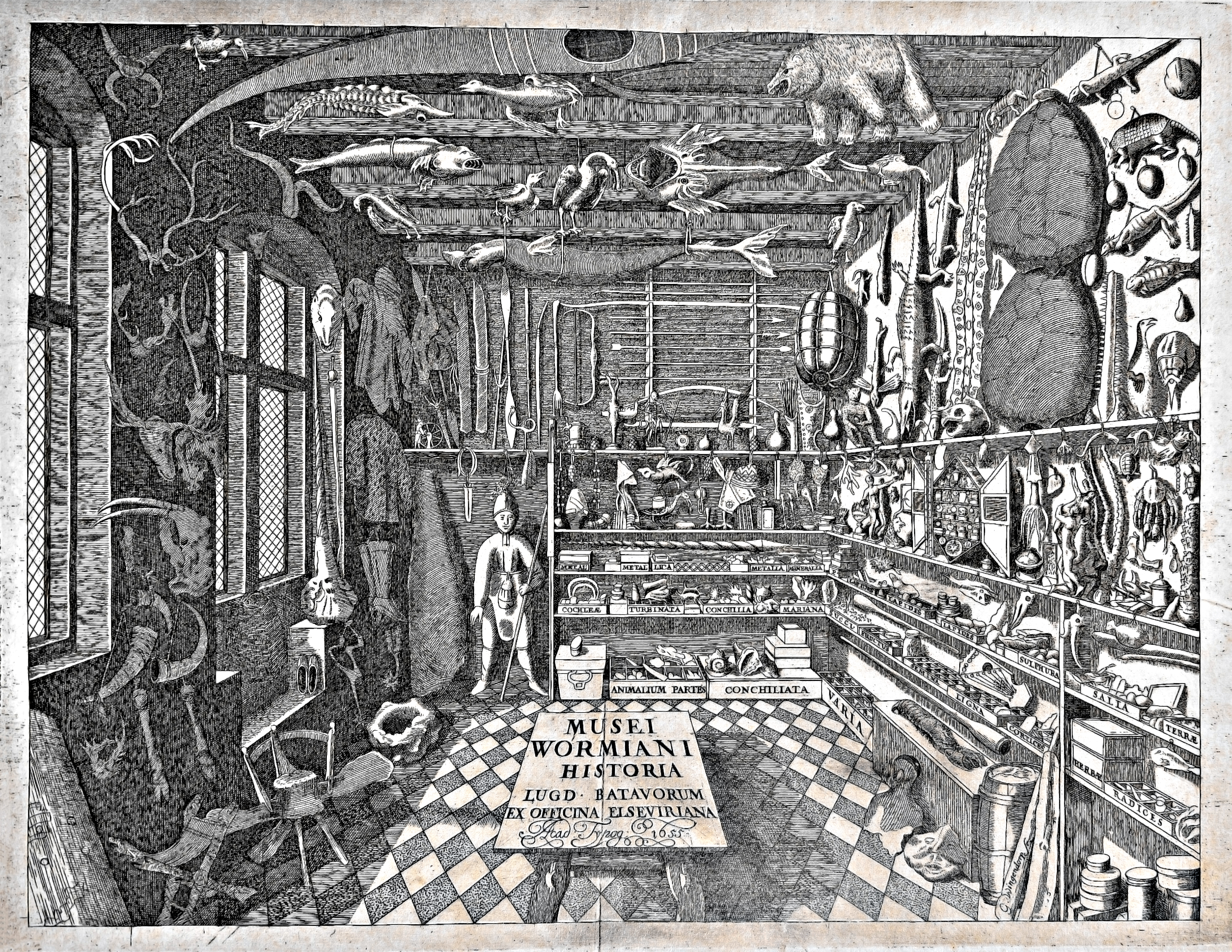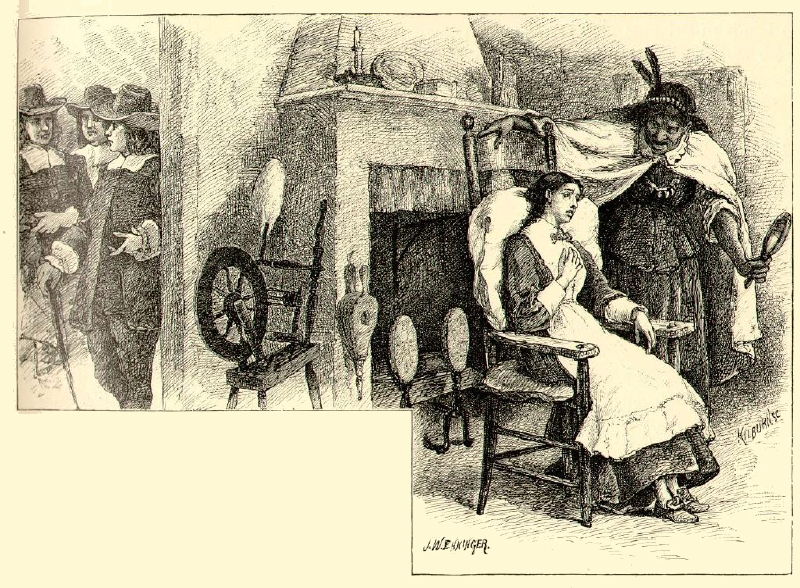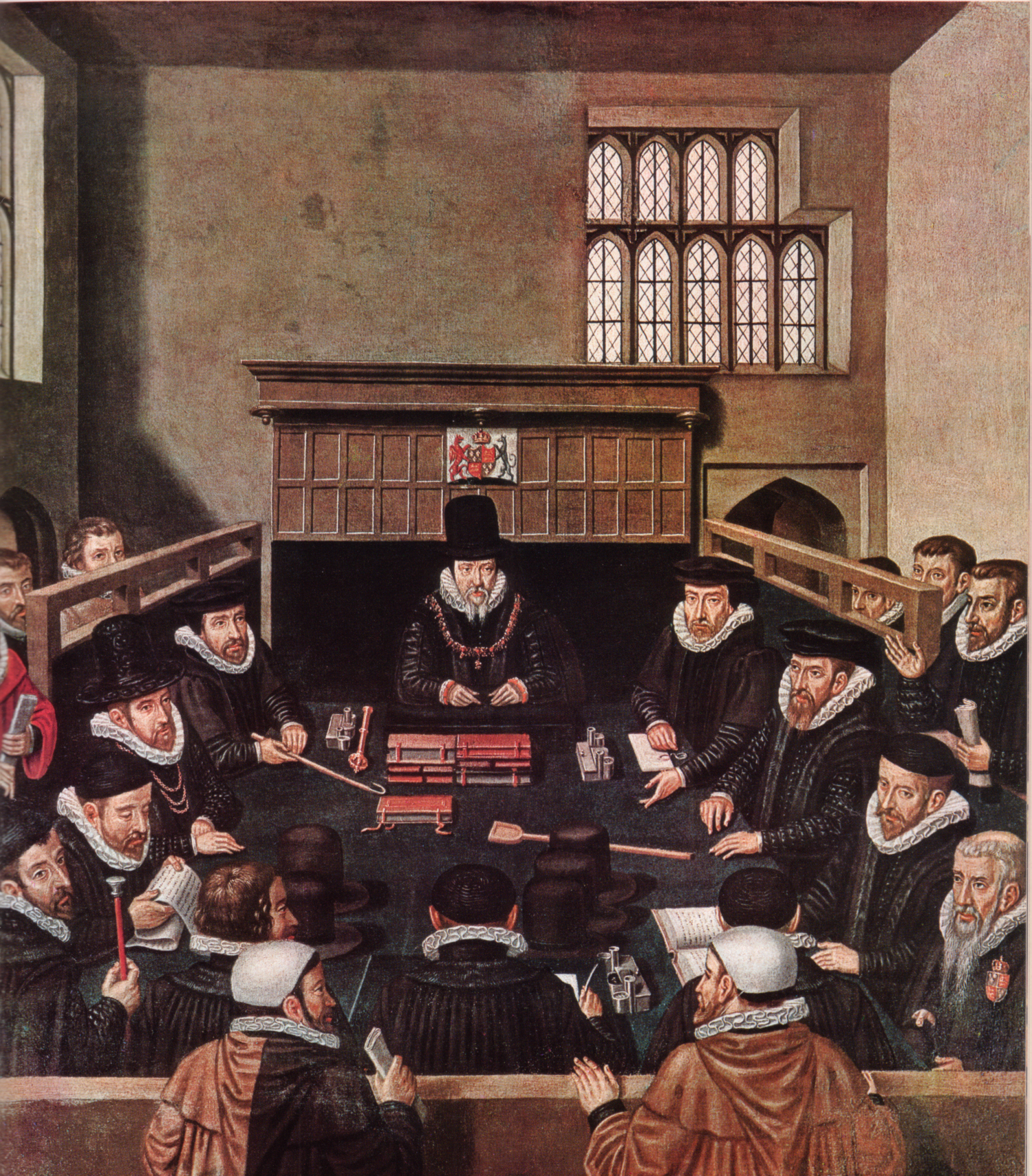|
Francis Peck
Francis Peck (1692–1743) was an English priest of the Church of England and antiquary, best known for his ''Desiderata Curiosa'' (1732–1735). Life He was born in Stamford, Lincolnshire, England, the son of Robert, merchant, and baptised 4 May 1692. He may have attended Stamford School before attending Charterhouse School, from where he was admitted to St John's College, Cambridge in 1709. Some have confused him with another Francis Peck, who was admitted to Trinity College, Cambridge in 1706. He was ordained as priest, 27 May 1716. After a curacy at King's Cliffe, Northamptonshire, he served as Rector of Goadby Marwood, Leicestershire, from 1723 until his death. He became a prebend of Lincoln in 1738. He wrote several books on history. In 1727 he published a history of Stamford called ''Academia Tertia Anglicana'' (Latin for 'the third English university' - a reference to the short-lived 14th-century institution in the town). He was elected to the Society of Antiquarians ... [...More Info...] [...Related Items...] OR: [Wikipedia] [Google] [Baidu] |
Antiquary
An antiquarian or antiquary () is an aficionado or student of antiquities or things of the past. More specifically, the term is used for those who study history with particular attention to ancient artefacts, archaeological and historic sites, or historic archives and manuscripts. The essence of antiquarianism is a focus on the empirical evidence of the past, and is perhaps best encapsulated in the motto adopted by the 18th-century antiquary Sir Richard Colt Hoare, "We speak from facts, not theory." The ''Oxford English Dictionary'' first cites "archaeologist" from 1824; this soon took over as the usual term for one major branch of antiquarian activity. "Archaeology", from 1607 onwards, initially meant what is now seen as "ancient history" generally, with the narrower modern sense first seen in 1837. Today the term "antiquarian" is often used in a pejorative sense, to refer to an excessively narrow focus on factual historical trivia, to the exclusion of a sense of historic ... [...More Info...] [...Related Items...] OR: [Wikipedia] [Google] [Baidu] |
William Stukeley
William Stukeley (7 November 1687 – 3 March 1765) was an English antiquarian, physician and Anglican clergyman. A significant influence on the later development of archaeology, he pioneered the scholarly investigation of the prehistoric monuments of Stonehenge and Avebury in Wiltshire. He published over twenty books on archaeology and other subjects during his lifetime. Born in Holbeach, Lincolnshire, as the son of a lawyer, Stukeley worked in his father's law business before attending Saint Benet's College, Cambridge (now Corpus Christi College). In 1709, he began studying medicine at St Thomas' Hospital, Southwark, before working as a general practitioner in Boston, Lincolnshire. From 1710 until 1725, he embarked on annual tours of the countryside, seeking out archaeological monuments and other features that interested him; he wrote up and published several accounts of his travels. In 1717, he returned to London and established himself within the city's antiquarian ... [...More Info...] [...Related Items...] OR: [Wikipedia] [Google] [Baidu] |
1692 Births
Events January–March * January 24 – At least 75 residents of what is now York, Maine are killed in the Raid on York (1692), Candlemas Massacre, carried out by French soldiers led by missionary Louis-Pierre Thury, along with a larger force of Abenaki and Penobscot Indians under the command of Penobscot Chief Madockawando during King William's War, between the French colonists and their indigenous allies, against the English colonists. * January 30 – English Army General John Churchill, 1st Duke of Marlborough, a close adviser to King William III of England, is fired from all of his jobs by the English Secretary of State, Daniel Finch, 2nd Earl of Nottingham, the Earl of Nottingham, on orders of Mary II of England. * February 13 – Massacre of Glencoe: The forces of Robert Campbell of Glenlyon, Robert Campbell slaughter around 40 members of the Clan MacDonald of Glencoe in Scotland (from whom they have previously accepted hospitality), for delaying to sign an o ... [...More Info...] [...Related Items...] OR: [Wikipedia] [Google] [Baidu] |
Cancel Leaf
A cancel is a bibliographic term for a replaced leaf in a printed book.Bibliographical Notes and Queries - Volumes 1-2 - Page 11 1935 - Normally, a cancel leaf is of course later than what I may call an integral leaf. The technique for this is usually to tear out the rejected leaf and paste a new one to the stub left on the cognate leaf. Alternatively, a false stub (known as a " fold") may be added. The cancelled leaf may be rejected on account of spelling or typing errors, a wording change or addition, or need to suppress libellous or otherwise offensive text. Leaves have been cancelled from around the dawn of printing in the mid-15th century, peaked from about 1600 to 1800, but the practice is less common today, since it is now cheaper to replace the whole sheet. If the replacement is made before publication, the book can exist in two states (i.e. with and without the new leaf). If after sale, from a new leaf supplied by the binder to the purchaser, it is termed an ''alte ... [...More Info...] [...Related Items...] OR: [Wikipedia] [Google] [Baidu] |
Bookbinding
Bookbinding is the process of building a book, usually in codex format, from an ordered stack of paper sheets with one's hands and tools, or in modern publishing, by a series of automated processes. Firstly, one binds the sheets of papers along an edge with a thick needle and strong thread. One can also use loose-leaf rings, binding posts, twin-loop spine coils, plastic spiral coils, and plastic spine combs, but they last for a shorter time. Next, one encloses the bound stack of paper in a cover. Finally, one places an attractive cover onto the boards, and features the publisher's information and artistic decorations. The trade of bookbinding includes the binding of blank books and printed books. Blank books, or stationery bindings, are books planned to be written in. These include accounting ledgers, guestbooks, logbooks, notebooks, manifold books, day books, diary, diaries, and sketchbooks. Printed books are produced through letterpress printing, offset printing, offset litho ... [...More Info...] [...Related Items...] OR: [Wikipedia] [Google] [Baidu] |
Title Page
The title page of a book, thesis or other written work is the page at or near the front which displays its title (publishing), title, subtitle, author, publisher, and edition, often artistically decorated. (A half title, by contrast, displays only the title of a work.) The title page is one of the most important parts of the "front matter" or "preliminaries" of a book, as the data on it and its verso (together known as the "title leaf") are used to establish the "title proper and usually, though not necessarily, the statement of responsibility and the data relating to publication". This determines the way the book is cited in library catalogs and academic references. The title page often shows the title of the work, the person or body responsible for its intellectual content, and the imprint, which contains the name and address of the book's publisher and its date of publication. Particularly in paperback editions it may contain a shorter title than the cover or lack a descriptiv ... [...More Info...] [...Related Items...] OR: [Wikipedia] [Google] [Baidu] |
First Edition
The bibliographical definition of an edition is all copies of a book printed from substantially the same setting of type, including all minor typographical variants. First edition According to the definition of ''edition'' above, a book printed today, by the same publisher, and from the same type as when it was first published, is still the ''first edition'' of that book to a bibliographer. However, book collectors generally use the term ''first edition'' to mean specifically the first print run of the first edition (aka "first edition, first impression"). Since World War II, books often include a number line ( printer's key) that indicates the print run. A "first edition" per se is not a valuable collectible book. A popular work may be published and reprinted over time by many publishers, and in a variety of formats. There will be a first edition of each, which the publisher may cite on the copyright page, such as: "First mass market paperback edition". The first edition ... [...More Info...] [...Related Items...] OR: [Wikipedia] [Google] [Baidu] |
Burghley Peck’s Desiderata 1736
Burghley may refer to: * William Cecil, 1st Baron Burghley (1520–1598), chief minister of Queen Elizabeth I of England * Burghley House, a sixteenth-century country house in Cambridgeshire, built for the above * Burghley Horse Trials, an annual three-day event * Burghley, an abandoned English village, believed to be under Burghley House * David Cecil, 6th Marquess of Exeter, also known as David Burghley, British Conservative politician and 1928 Summer Olympics 400m hurdles champion See also * Berlei * Birley (other) * Burleigh (other) Burleigh may refer to: Places Australia * Burleigh Heads, Queensland, a suburb of Gold Coast, Queensland * Burleigh Head National Park * Electoral district of Burleigh, Queensland, Australia Canada * Burleigh Falls, Ontario United Kingdom * Bur ... * Burley (other) {{disambiguation ... [...More Info...] [...Related Items...] OR: [Wikipedia] [Google] [Baidu] |
Lord High Treasurer
The Lord High Treasurer was an English government position and has been a British government position since the Acts of Union of 1707. A holder of the post would be the third-highest-ranked Great Officer of State in England, below the Lord High Steward and the Lord High Chancellor of Great Britain. The Lord High Treasurer functions as the head of His Majesty's Treasury. The office has, since the resignation of Charles Talbot, 1st Duke of Shrewsbury in 1714, been vacant. Although the United Kingdom of Great Britain and Ireland was created in 1801, it was not until the Consolidated Fund Act 1816 that the separate offices of Lord High Treasurer of Great Britain and Lord High Treasurer of Ireland were united into one office as the "Lord High Treasurer of the United Kingdom of Great Britain and Ireland" on 5 January 1817. Section 2 of the Consolidated Fund Act 1816 also provides that "whenever there shall not be Lord High Treasurer of the United Kingdom of Great Britain a ... [...More Info...] [...Related Items...] OR: [Wikipedia] [Google] [Baidu] |
Elizabeth I Of England
Elizabeth I (7 September 153324 March 1603) was Queen of England and Ireland from 17 November 1558 until her death in 1603. She was the last and longest reigning monarch of the House of Tudor. Her eventful reign, and its effect on history and culture, gave name to the Elizabethan era. Elizabeth was the only surviving child of Henry VIII and his second wife, Anne Boleyn. When Elizabeth was two years old, her parents' marriage was annulled, her mother was executed, and Elizabeth was declared illegitimate. Henry restored her to the line of succession when she was 10. After Henry's death in 1547, Elizabeth's younger half-brother Edward VI ruled until his own death in 1553, bequeathing the crown to a Protestant cousin, Lady Jane Grey, and ignoring the claims of his two half-sisters, Mary and Elizabeth, despite statutes to the contrary. Edward's will was quickly set aside and the Catholic Mary became queen, deposing Jane. During Mary's reign, Elizabeth was imprisoned fo ... [...More Info...] [...Related Items...] OR: [Wikipedia] [Google] [Baidu] |
William Cecil, 1st Baron Burghley
William Cecil, 1st Baron Burghley (13 September 15204 August 1598), was an English statesman, the chief adviser of Elizabeth I, Queen Elizabeth I for most of her reign, twice Secretary of State (England), Secretary of State (1550–1553 and 1558–1572) and Lord High Treasurer from 1572. In his description in the Encyclopædia Britannica Eleventh Edition, ''Encyclopædia Britannica'' Eleventh Edition, Albert Pollard, A.F. Pollard wrote, "From 1558 for forty years the biography of Cecil is almost indistinguishable from that of Elizabeth and from the history of England." Cecil set as the main goal of English policy the creation of a united and Protestant British Isles. His methods were to complete the control of Ireland, and to forge an alliance with Scotland. Protection from invasion required a powerful Royal Navy. While he was not fully successful, his successors agreed with his goals. In 1587, Cecil persuaded the Queen to order the Execution of Mary, Queen of Scots, executio ... [...More Info...] [...Related Items...] OR: [Wikipedia] [Google] [Baidu] |
All Saints' Church, Stamford
All Saints' Church, Stamford is a parish church in the Church of England, situated in Stamford, Lincolnshire, England. It is a Grade I listed building. The church is on the north side of Red Lion Square which was part of the route of the A1 until the opening of the Stamford bypass in 1960. History A Stamford church is mentioned in the ''Domesday Book''. None of the original church is still in existence. There is a very small amount of 12th-century stonework, but the bulk of the church dates from the 13th century. Of that date is the exterior blind arcading, an unusual feature in a parish church. Extensive additions were made by the Browne family in the 15th century. John Browne, Merchant of the Staple of Calais, funded the 15th-century construction. His son, William, Mayor of the Calais Staple, funded and built the steeple. Members of the Browne family are the only people buried inside the church. The late-15th century work is of "considerable inventiveness ... [...More Info...] [...Related Items...] OR: [Wikipedia] [Google] [Baidu] |






